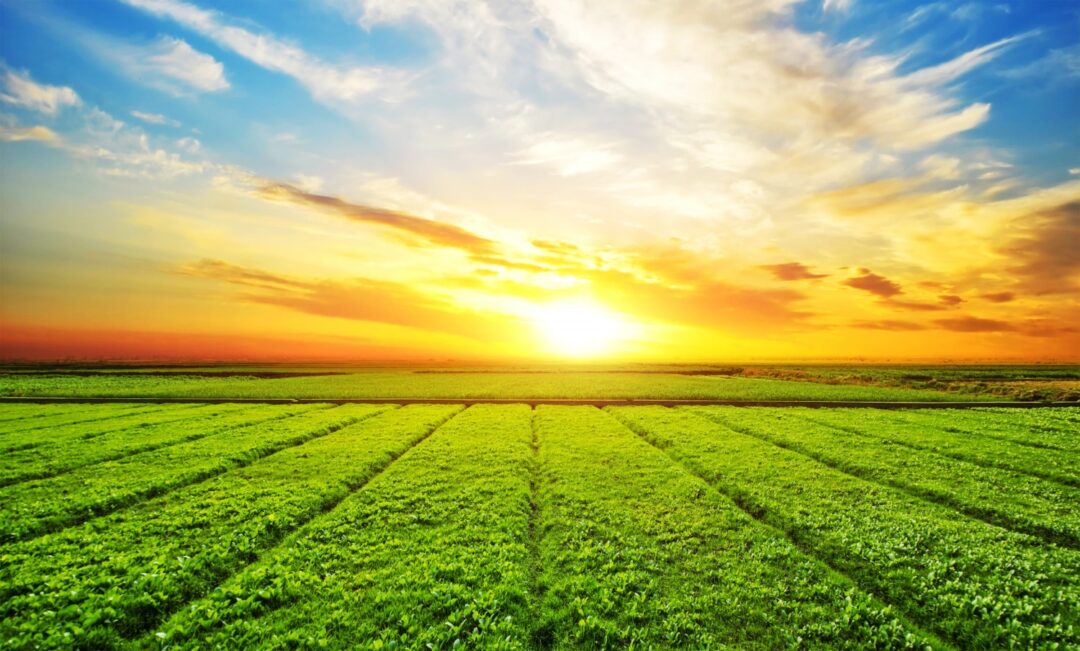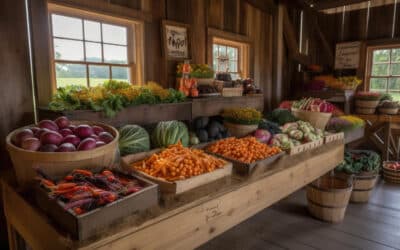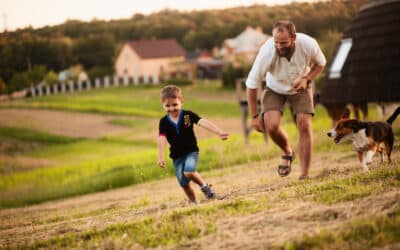Introduction
Going into 2023, the outlook is much less optimistic for farmers. However, the annual Sentiment Survey, conducted in October/November demonstrated that most farmers were in reasonable financial shape.
Arable farmers
Arable farmers were in particularly good spirits. This is because many arable farmers had bought their inputs before the huge inflation caused by the war in Ukraine. Therefore, they were able to enjoy a year of buoyant prices and good yields without input costs catching up. However, it is expected that these input costs will increase significantly for 2023.
Livestock & dairy farmers
Livestock and dairy faced a much tougher year in 2022. Inflation increased the price of feed and energy which continued to eat into farmers profit margins throughout the year.
Overall, only 38% of farmers in the survey described themselves as optimistic going into the next six months. When asked about their biggest challenge for 2023 the most popular answer by far was ‘rising input costs’, 37% of farmers said this was their top concern.
Price expectations
The price expectations among farmers is that input costs will increase slightly in 2023. The hope is that the 34% ag-inflation seen in 2022 could be starting to ease. The price of red diesel is also coming down from its peak price with current prices being around 90p a litre. This is still 20p higher than this time last year.
For livestock farmers, the opening of the Black Sea corridor has eased prices in the wheat market during the autumn months. This will have reassured livestock farmers that the rise in feed prices will continue to ease going into 2023.
In terms of output values, most believe that they will stay around the same. Arable farmers are more confident about this than livestock producers.
Variations
As with most business sectors, feelings of optimism and pessimism are likely to vary between demographics, business situations and sub-sectors.
For example, the most optimistic farmers were those that:
- Grow oilseed rape
- Have invested in renewable energy
- Grow sugar beet
But the farmers that were most pessimistic about the future were:
- Poultry farmers
- Potato growers
- Farmers with increased debt
- Farmers in the 55-64 year old age bracket
Values of oilseed rape increased to over £800 per tonne in June and many farmers will have locked into contracts ahead of 2023 harvest. They have more certainty over their future and have locked in at a good price but yields do remain a concern.
Sugar beet growers will be more optimistic because a price agreement has been made between the NFU and British Sugar.
Those farmers that invested in renewable energy sources are less likely to be impacted by price increases in the energy market, compared to those that are fully reliant on purchasing energy. Some farmers may also have surplus green energy to sell back to the national grid.
Farmers that have taken out loans may also feel the pinch as the Bank of England continue to increase interest rates in a bid to calm inflation.
For potato growers and horticulturalists increases in fertiliser costs will continue to eat into profit margins in 2023.
Conclusion
To conclude, it appears that inflation is going to be the top challenge for farmers to overcome in 2023. Arable farmers and farmers with renewable energy supplies appear to be in the best position to tackle these challenges as some will already be locked into contracts for this year’s harvest but will still have a keen eye on rising input costs. Livestock and dairy farmers will find this period more challenging due to rising input costs and lack of certainty over these costs which will cause unpredictability.

Author: Dan Wood
Partner, Doncaster
Dan acts as a commercial partner for a wide range of corporate and non-corporate clients. Dan has worked at Hawsons throughout his career, training at the Sheffield Office before moving to the Doncaster Office in 2018 to become a manager and subsequently a partner at the firm.
During his time at Hawsons, he has gained a range of experience providing audit, accountancy, and taxation services, including Solicitors Regulation Authority audits. Working with corporate entities, sole traders, and partnerships, he is able to advise clients on a wide range of business and taxation matters. Dan is also a member of RAG, a national group of agricultural accountants who deal with over 5,000 farming businesses. The group regularly meets to discuss best practice in respect of accountancy and tax planning for their farming clients. Dan is also the Secretary of Sheffield & District Chartered Accountants Society.
Specialisms
Related content
Government introduce major package for supporting farm and food sector
On 14th May, the government has announced a major package to support the UK’s farming and food sector. This package included a number of support measure including: Increased support for farmers and growers affected by wet weather A new plan to increase domestic...
Tax Implications of Farm Diversification
Farmers are increasingly seeking ways to stabilise their farm income and ensure the sustainability of their agricultural businesses. Farm diverification is one strategy farmers are using to achieve this. Diversifying a farming business involves branching out into new...
Succession Planning for Farms
Have you thought about succession and the long-term plans for your family farm? As agriculture makes up the highest concentration of family businesses passed through the generations, it is no surprise that succession is a key issue and is something farmers need to...




